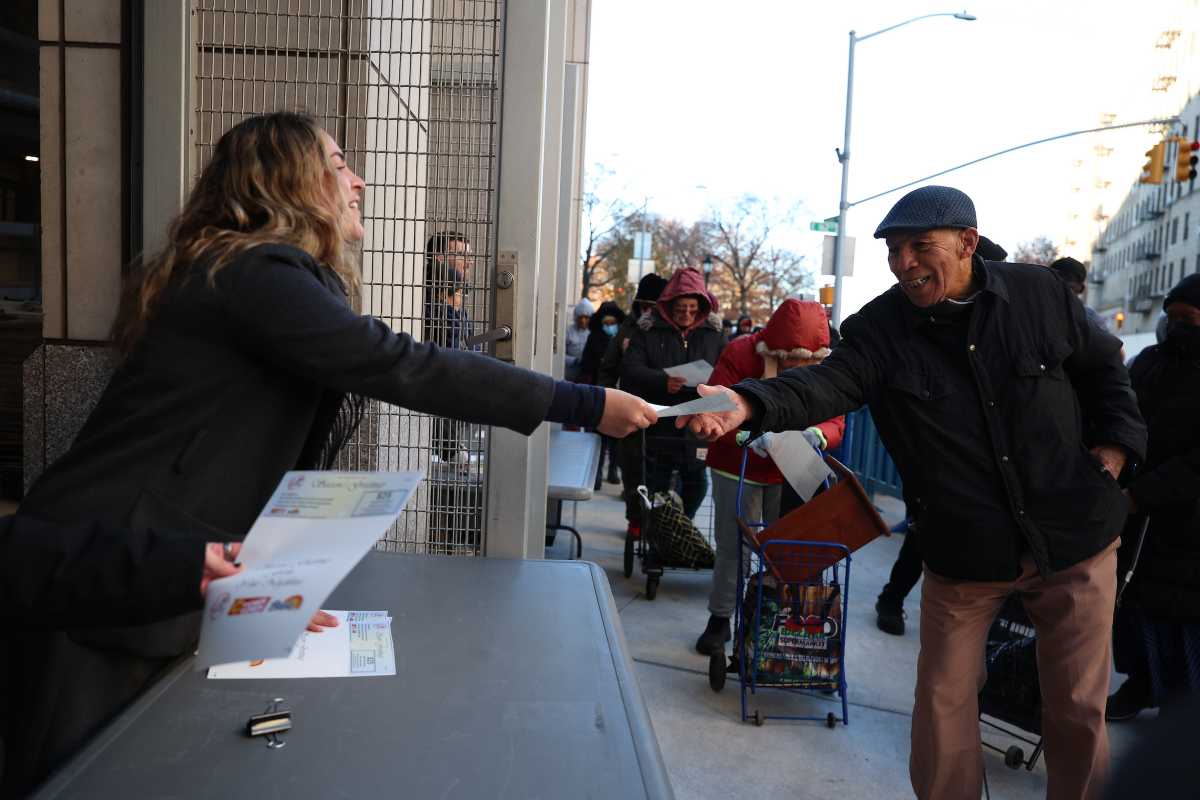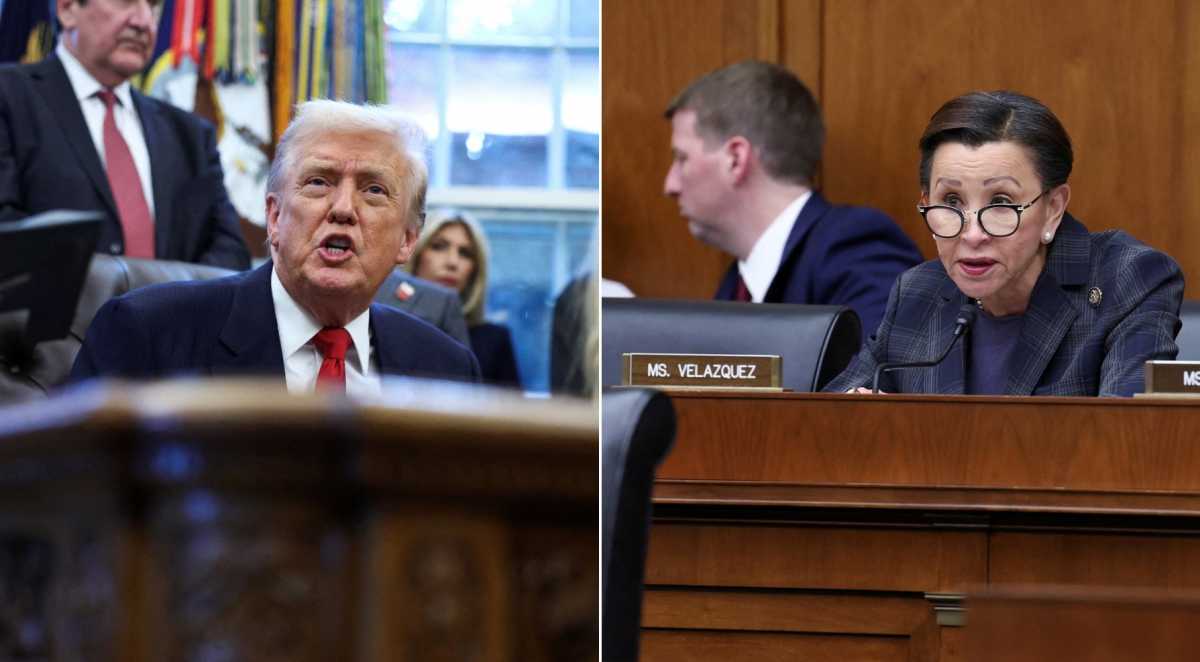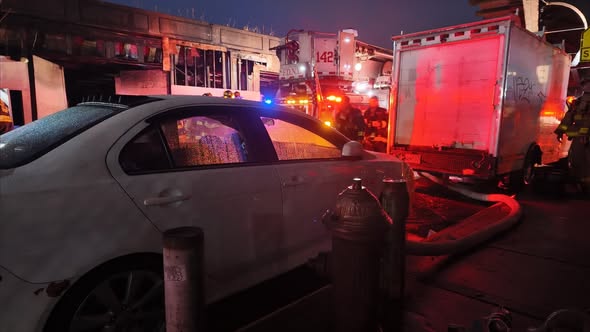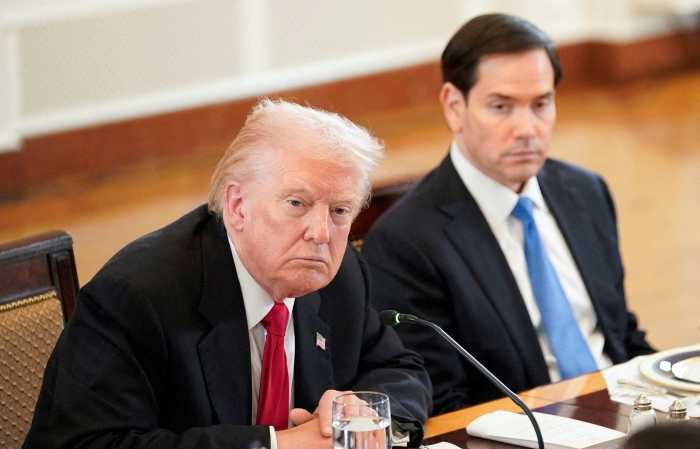The MTA made strides in funding its new capital plan, but still faces financial risk from federal actions that could hurt the transit system for its millions of users, according to a state financial report issued on Thursday.
The NYS Comptroller’s office said in its new 12-page MTA Debt Profile report that potential federal funding cuts threaten the agency’s financial future and debt profile. The outlook comes even as the agency received $33 billion to fill a funding gap in its capital plan after the NYS budget was approved in April.
The capital plan funds projects such as new electric buses, modern fare gates, and station accessibility upgrades.
However, according to state Comptroller Thomas DiNapoli, the approved plan, along with congestion pricing, is not enough to give the agency solid support.
“State funds and congestion pricing have helped the MTA shore up its capital programs and plans to bring the system into a state of good repair, but it could be forced to add debt or postpone projects if federal choices undermine recent progress,” DiNapoli explained.

The funding threats stem from President Donald Trump’s administration’s attack on congestion pricing, the NYC toll program that charges drivers a base of $9 to enter Manhattan south of 60th Street.
The drama started on Feb. 19 when Trump’s U.S. Department of Transportation Secretary Sean Duffy revoked federal approval of the program that was administered under former President Joe Biden. The revocation came with threats of anticipated transportation funding cuts if the MTA did not comply with ending the program.
Duffy has said that congestion pricing leaves drivers without a free highway alternative in the toll zone and only supports public transit, not highways.
The MTA retaliated with a federal lawsuit defending the program that continues to play out in court as New Yorker drivers continue to pay the tolls. The case is expected to be decided in October.
Meanwhile, $14 billion in federal funding hangs in the balance; that happens to be the amount that the MTA is relying on for its current capital plan.
According to DiNapoli’s report, if the federal government withholds the vital funding, the MTA could face “difficult decisions” about whether to defer investments or “find other resources” to plug the money gaps.
While the MTA makes efforts to avoid this outcome, the report explains, issuing additional debt to address funding risks could pressure its operating budget, requiring difficult choices such as service cuts or fare and toll increases beyond what is already planned.
No fare hike this summer, but it is still coming this year
The new report comes a day after the MTA announced it would not be raising the $2.90 bus and subway fare in August as planned, but an increase this year is still in the forecast.
Jai Patel, the MTA’s co-chief financial officer, said the agency is always looking for new ways to find efficiencies while improving the transit system.
“We appreciate Comptroller DiNapoli’s recognition that the MTA has been successful in securing new dedicated revenue streams for the authority’s 2020-2024 and 2025-2029 capital plans while managing its debt burden and protecting the operating budget thanks to the capital lockbox and a substantial investment from the FY26 state budget,” she said. “We are constantly exploring new ways to find efficiencies wherever possible, and reduce debt, while moving full speed ahead with improving the transit system and providing the best service possible for customers.”
In the meantime, DiNapoli’s report forecasts that the MTA’s overall outstanding debt will rise from $44.5 billion in 2024 to $87.2 billion in 2034.





































